Laser etched adhesive material
Laser etched label paper is a two-layer film used for the production of labels in laser marking equipment. By special production techniques, the black surface and white bottom form a unified whole. The material is halogen-free and resistant to chemical substances, temperature and other environmental influences. It is coated with high-performance acrylic adhesive, which has good initial adhesion and high final adhesion even on low-energy surface energy surfaces such as polypropylene. Laser label paper can also be used for identifying evidence based on specific application scenarios. Usually, once the label is attached to a surface and removed, it will be damaged and comply with UL/CSA standards
Laser can etch the top layer of double-layer materials to form a certain pattern. The same laser also allows labels to be semi perforated to specific sizes, increasing flexibility to manufacture various durable labels
Surface substrate:
Basic weight: 155g/m2 10% Thickness: 100um 10%
The surface material of this product has been treated to be resistant to chemicals such as engine oil, alcohol, and gasoline, and is suitable for anti-counterfeiting purposes on nameplates. Commonly used for labeling automotive components such as internal combustion engines, VIN codes, and vehicle information plates, disinfecting medical equipment labels, power battery labels, and nameplates for equipment with complex operating conditions
Adhesive:
Initial adhesion force:≥ 20 N 90° Peel force:≥ 9N/25mm
Minimum label temperature: 5 ℃ Operating temperature: -40 ℃ -150 ℃
This product uses modified acrylic adhesive, which has good initial adhesion, adhesion, and temperature resistance. It has excellent adhesion performance on metal surfaces or metal paint surfaces
Release paper:
Basic weight 110g/m2 10% Thickness: 105um 10%
Opacity: 85% Longitudinal tensile strength: 40-55N
Processing Attention:
This product is suitable for laser marking and cutting. Attention should be paid to adjusting the filling method, density, energy, and speed< br /> Storage period: at a temperature of 23 ° C; 2 ° C, relative humidity of 50 ° C; In 5% of cases, it can be stored for one year. Products that have exceeded their expiration date can still be used after passing inspection
Instructions for use:
The temperature resistance, chemical resistance, peel resistance, and wear resistance of the product need to be tested and approved according to the end use scenario before use
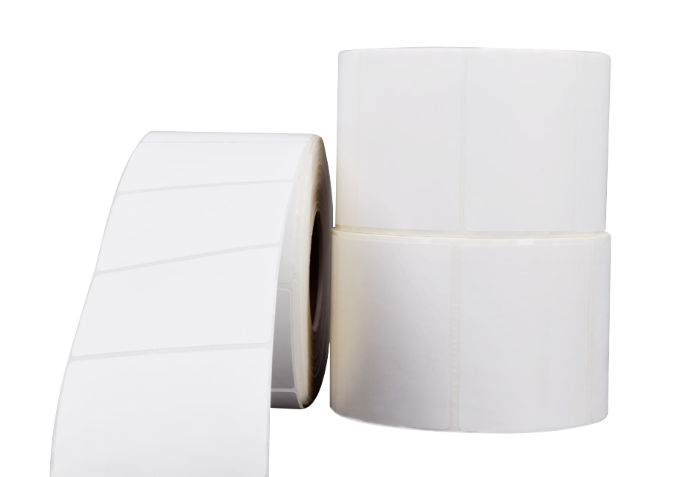
Is synthetic paper adhesive material classified as film or paper?
Material characteristics: Synthetic paper is a new type of chemical material with strong tear resistance, high strength, and light weight. This material differs from traditional paper in terms of physical and chemical properties.
Structural classification: Synthetic paper stickers can be divided into single-layer synthetic paper, three-layer synthetic paper, five layer synthetic paper, etc. according to their structure. This multi-layer structure is more similar to the stacking of thin films, rather than the traditional single-layer or multi-layer fiber stacking of paper.
Classification: Synthetic paper stickers are classified by type, including PE synthetic paper, PP synthetic paper, PVC synthetic paper, PET synthetic paper, etc. These types of synthetic paper have different characteristics and uses, but the commonality is that they are all made from chemical materials.
Specific example: PP synthetic paper adhesive material, as a specific type of synthetic paper, is actually a material belonging to the film category. This information directly answers the question about the ownership of synthetic paper adhesive materials.
In summary, synthetic paper adhesive materials tend to be classified as film materials due to their unique material characteristics and structure. Especially PP synthetic paper adhesive materials have been clearly identified as belonging to the film category. Therefore, we can clearly conclude that synthetic paper adhesive materials belong to the category of films.
What are the characteristics of fragile paper adhesive materials?
1. Fragile paper has excellent printability and is suitable for printing methods such as UV printing, screen printing, gravure printing, relief printing, and offset printing;
2. Fragile paper has good die-cutting performance and can be selected according to customer needs for products that require or do not require waste disposal;
3. Fragile paper can be separated from various anti-counterfeiting methods such as electronic code anti-counterfeiting, scraping ink, hot stamping, etc., to improve the level of anti-counterfeiting;
4. Fragile paper is suitable for identifying illegal warranty of electronic, electrical, digital and other products.
Check if the edges of the adhesive material are adhered
Adhesive material edge adhesion or partial leakage of silicone oil on the base paper can cause the surface paper to break during waste disposal during printing and processing, making normal production impossible. So, before printing, take a piece of adhesive material about 1 meter long and peel it off by hand to see if there are any parts on the edges or other parts that cannot be smoothly and uniformly peeled off. Usually, the adhesion between the edges of the face paper and the base paper occurs on a slitting roll of the adhesive material coated on the entire roll, and usually only occurs at the outer layer of 7-10 meters. Therefore, if there is adhesion on the edges of the slitting roll of adhesive material, do not immediately assert that the entire roll of paper has this problem.

Is PP synthetic paper adhesive material suitable for chemical drum labels?
PP synthetic paper adhesive material&dash& mdash; Many products in the chemical industry use chemical drums, such as lubricants, cleaning agents, paints, etc. Common chemical drums include plastic chemical drums and metal chemical drums. The label stickers attached to chemical drums are called chemical drum labels, also known as plastic chemical drums, iron drums, or metal chemical drums. We categorize the labels used on chemical drums into three types
Category 1: Plastic Chemical Barrel
It is a plastic bucket, box, bottle or cylinder made by blow molding or injection molding. The label paper attached to this plastic chemical drum is usually synthetic paper, which can be waterproof. It is not recommended to use copperplate paper. Note that if it is a small-diameter plastic bottle, the requirements will be higher because the veneer is curved and has a smaller surface area, unlike the synthetic paper labels used for large plastic barrels
Category 2: Metal Chemical Barrel
For example, petroleum and industrial paints. This metal chemical bucket has labels for PP synthetic paper and PET synthetic paper. If there is oil stains on the surface of the chemical drum, a strong adhesive oil resistant label is required
Three categories: Many people believe that there are still glass barrels
In fact, chemical products often use small glass bottles, but there are almost no large glass bottles or jars because they are fragile. What I want to talk about is the third type of chemical barrel, which is actually a chemical barrel with colored GHS compliance labels attached. It could be plastic or metal. Mainly because these products use dangerous products and cannot be treated like ordinary chemical products. The color GHS qualified label has its own standards, with fixed specifications, sizes, and colors that cannot be modified by any manufacturer. In addition to waterproofing, it should also prevent sunlight aging and acid-base corrosion. It can be displayed normally after long-term immersion in seawater environment
We offer comprehensive technical support, including free professional labeling solutions, advice on label materials and adhesive selection, as well as online/offline assistance from professional software and hardware engineers. Service email: andy@ownlikes.cn. In pre-sales, we leverage our extensive experience in specialty labeling projects to provide clients with the most suitable hardware solutions. Additionally, all our label barcode printers and scanners come with a three-year free warranty, demonstrating our confidence in our products.


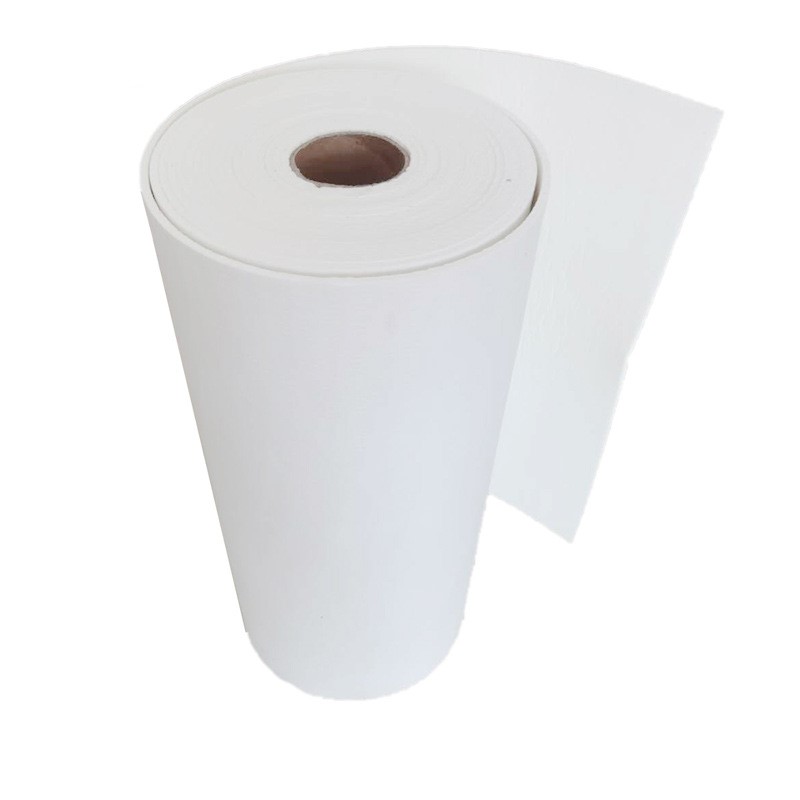
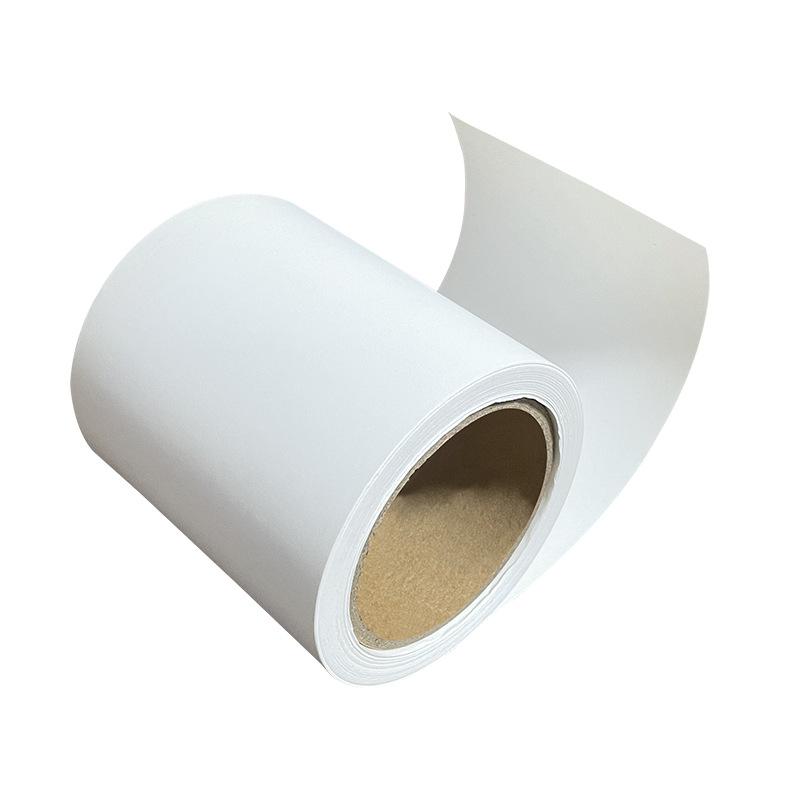
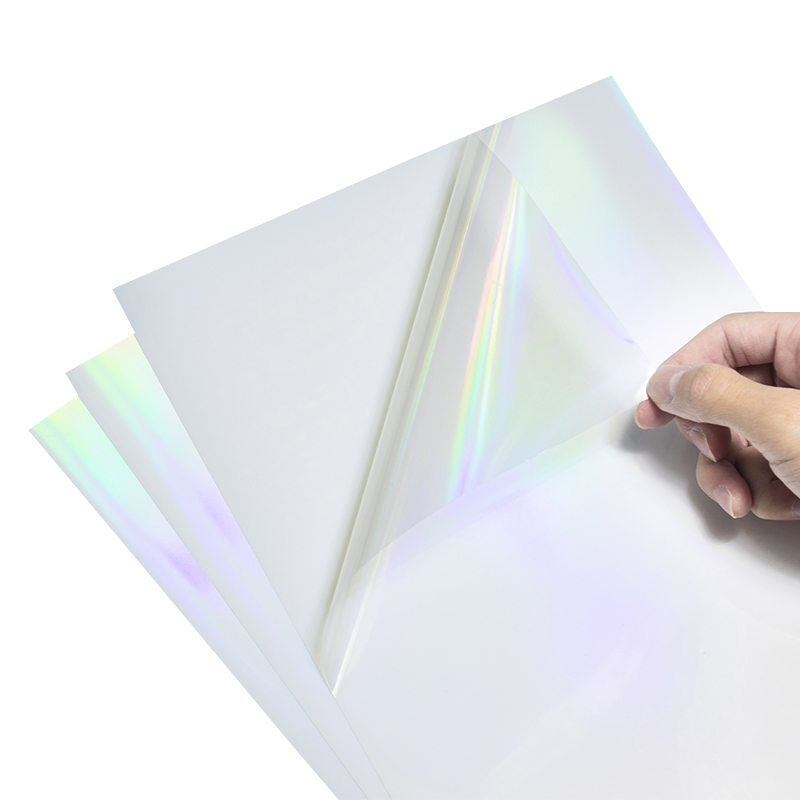
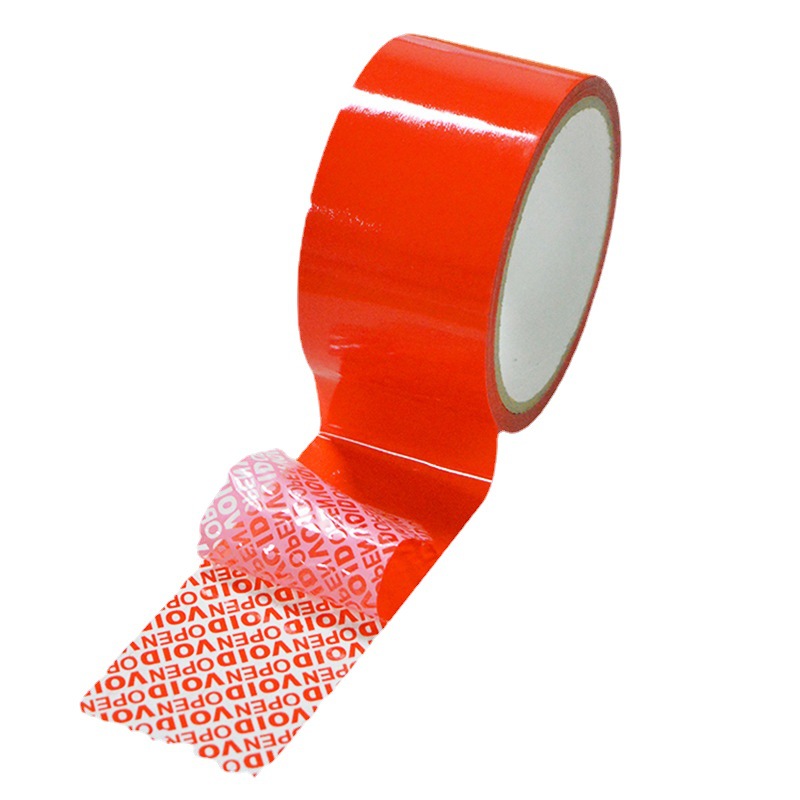
This site is protected by reCAPTCHA and the Google Privacy Policy and Terms of Service apply.